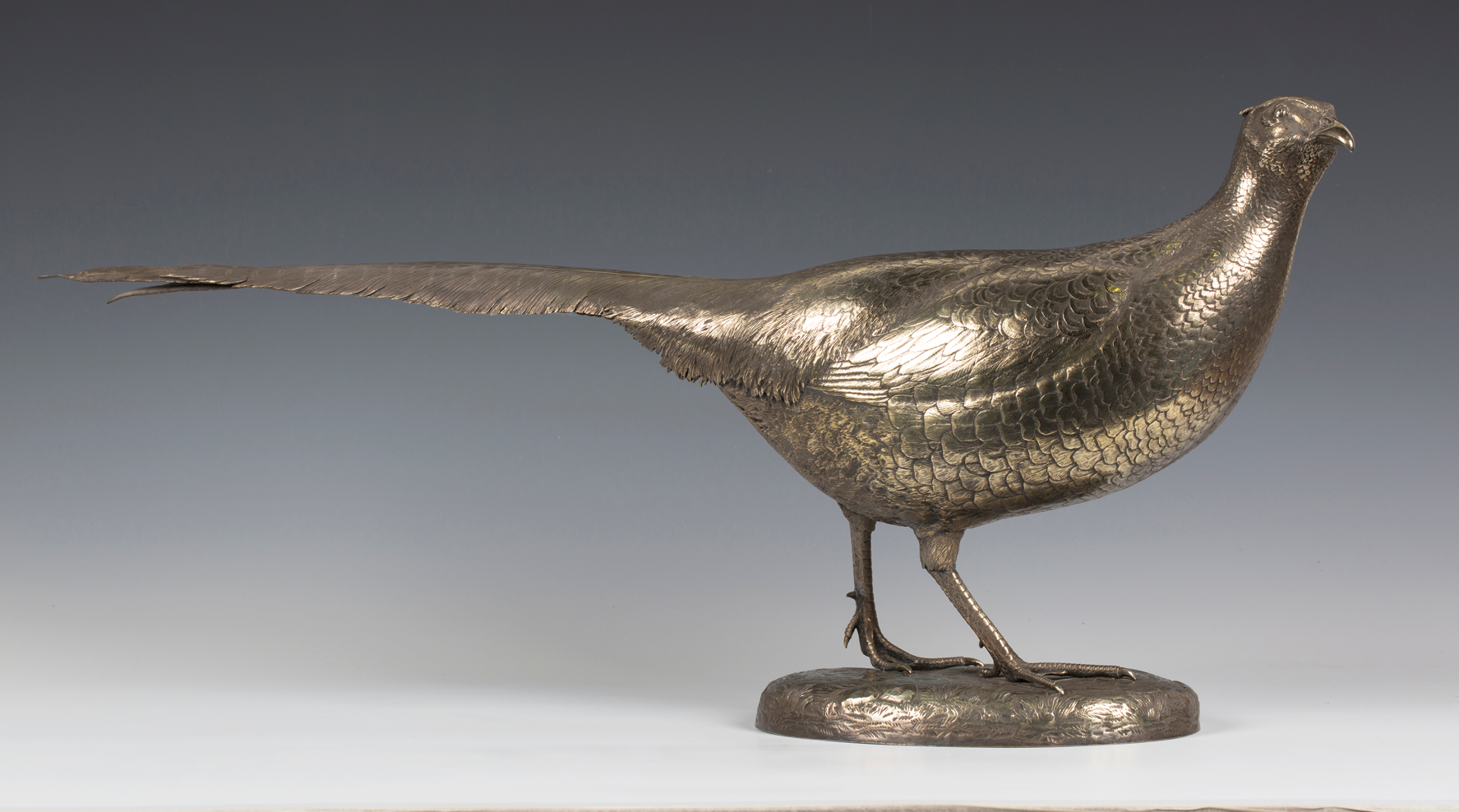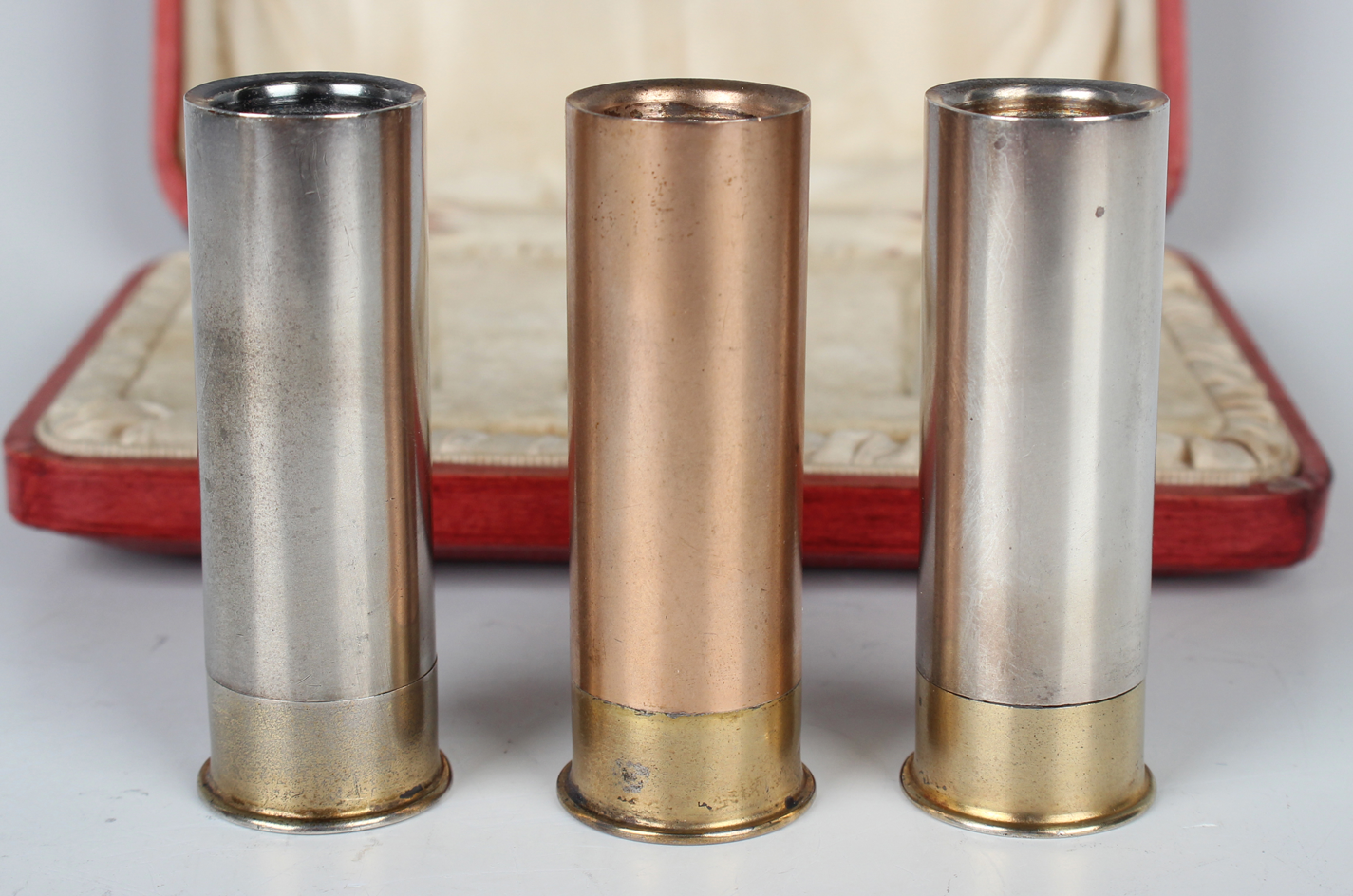
Over the centuries fieldsports have been important drivers of the rural economy and the thread which binds communities of all ages and backgrounds together. In more recent times they have been drivers for restoring the natural landscape and habitats providing valuable building blocks in the patchwork of conservation.
In 2002 the grey partridge faced immanent extinction in Sussex where numbers had been monitored since the 1960’s. The Duke of Norfolk responded by starting his Norfolk Estate recovery plan which kick started an increased biodiversity creating 15km beetle banks and hedge planting around a patchwork of sympathetic crop rotation and sheep breeding. It has taken time and a lot of work from the Peppering farm and keepering team. But the results have been remarkable creating a sustainable environment where a shootable surplus of greys can be harvested alongside viable farm crops. The iconic grey partridge is not the only one to benefit. Skylarks, corn buntings, lapwings, song thrushes, many of our red listed species are finding a haven on the estate. The Duke has been keen to emphasise “the undoubted links between shooting and conservation”.
A life-long conservationist The Duke is now turning his attention to saving the curlew with a new project to reintroduce the Eurasian curlew back to the South Downs as a breeding bird.
Fieldsports have not only been the catalysts for conservation but the inspiration for objects too. These examples were sold in Toovey’s specialist auctions.
The large, lifelike George V silver gilt model of a pheasant with its finely engraved plumage and naturalistic base was made by the Scottish silversmith John Alexander and hallmarked in Glasgow 1913. Despite its broken tail it sold for £4800. It is thought that pheasants were introduced to England in the 11th century by the Normans.

The gavel fell at £480 for the set of three George V Scottish novelty silver pepper castors modelled as cartridge cases. Hallmarked Edinburgh 1912 they were made by the Edinburgh jewellers Hamilton & Inches who for some 120 years have been Royal Warrant holders.
I have to confess that I neither shoot nor fish. In my youth my great friend Simon Clarke took me fishing on the beautiful Wharfe in the Yorkshire Dales where his parents had fishing rights. Despite our best efforts my casting was terrible. On the second day I was presented with watercolours and paper – I expect for everyone’s safety! Nevertheless it was wonderful to observe their skill and respect for the wild brown trout, and I celebrate the conservation work fieldsports and their communities inspire, fund and support.